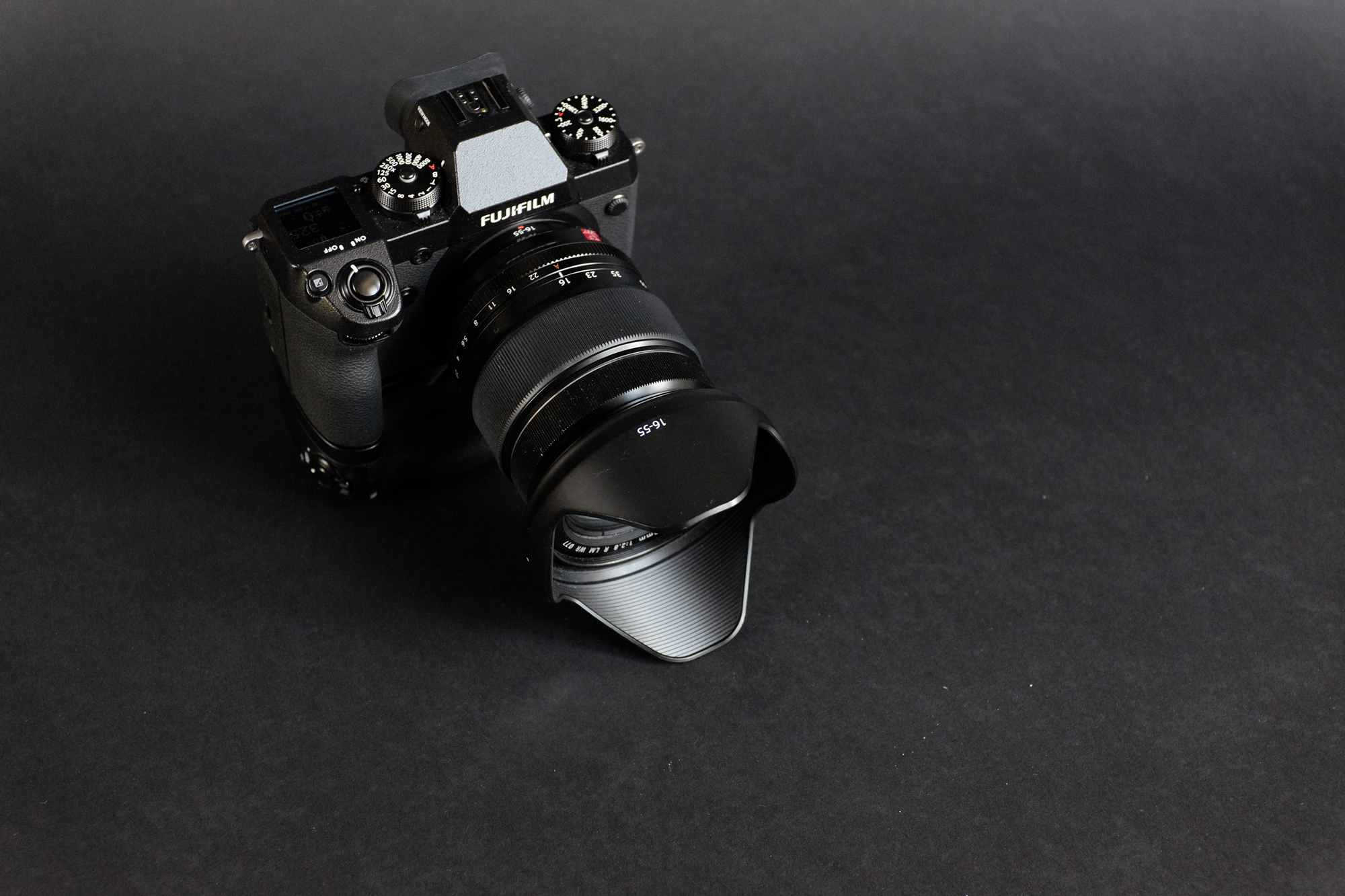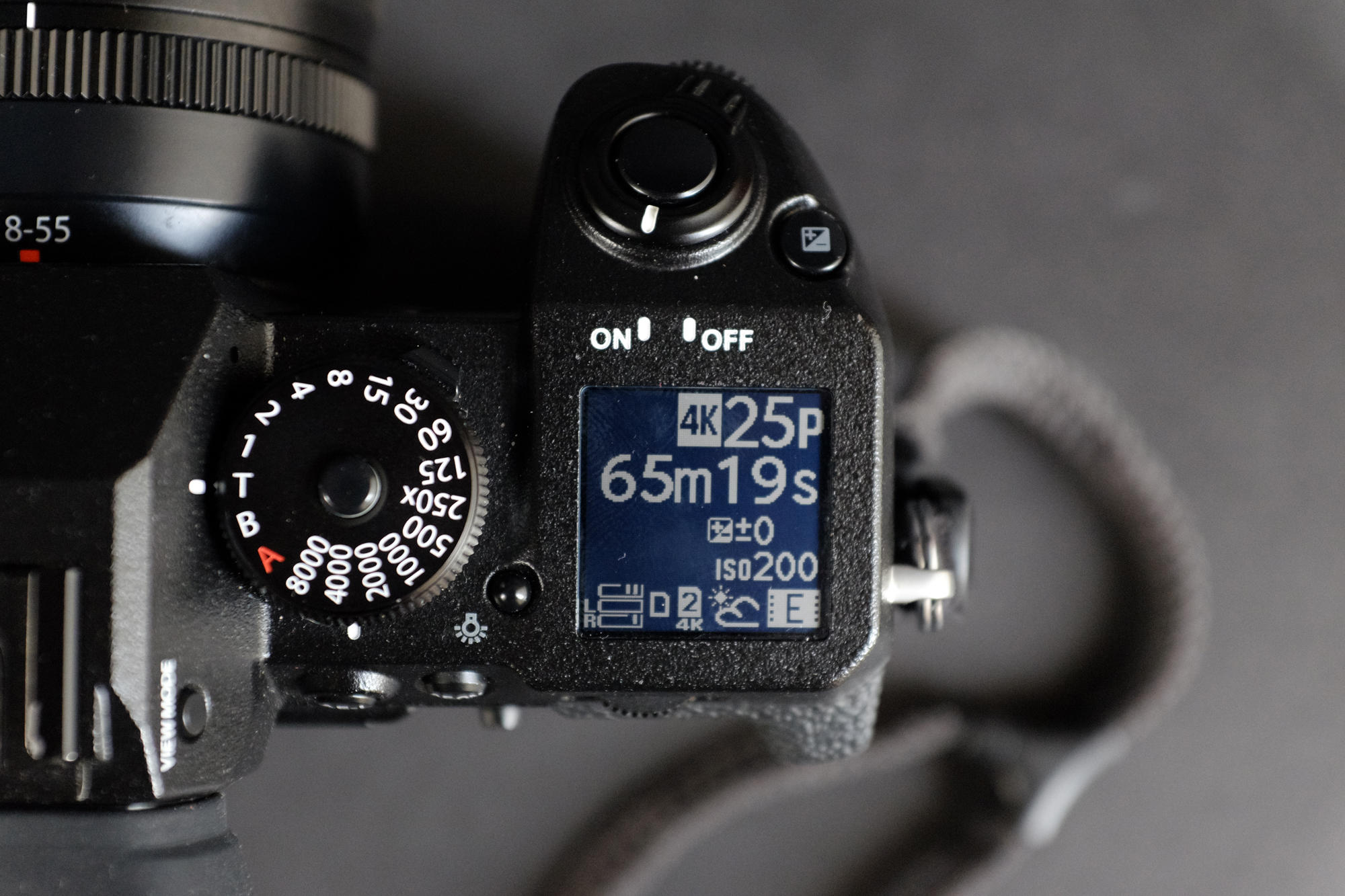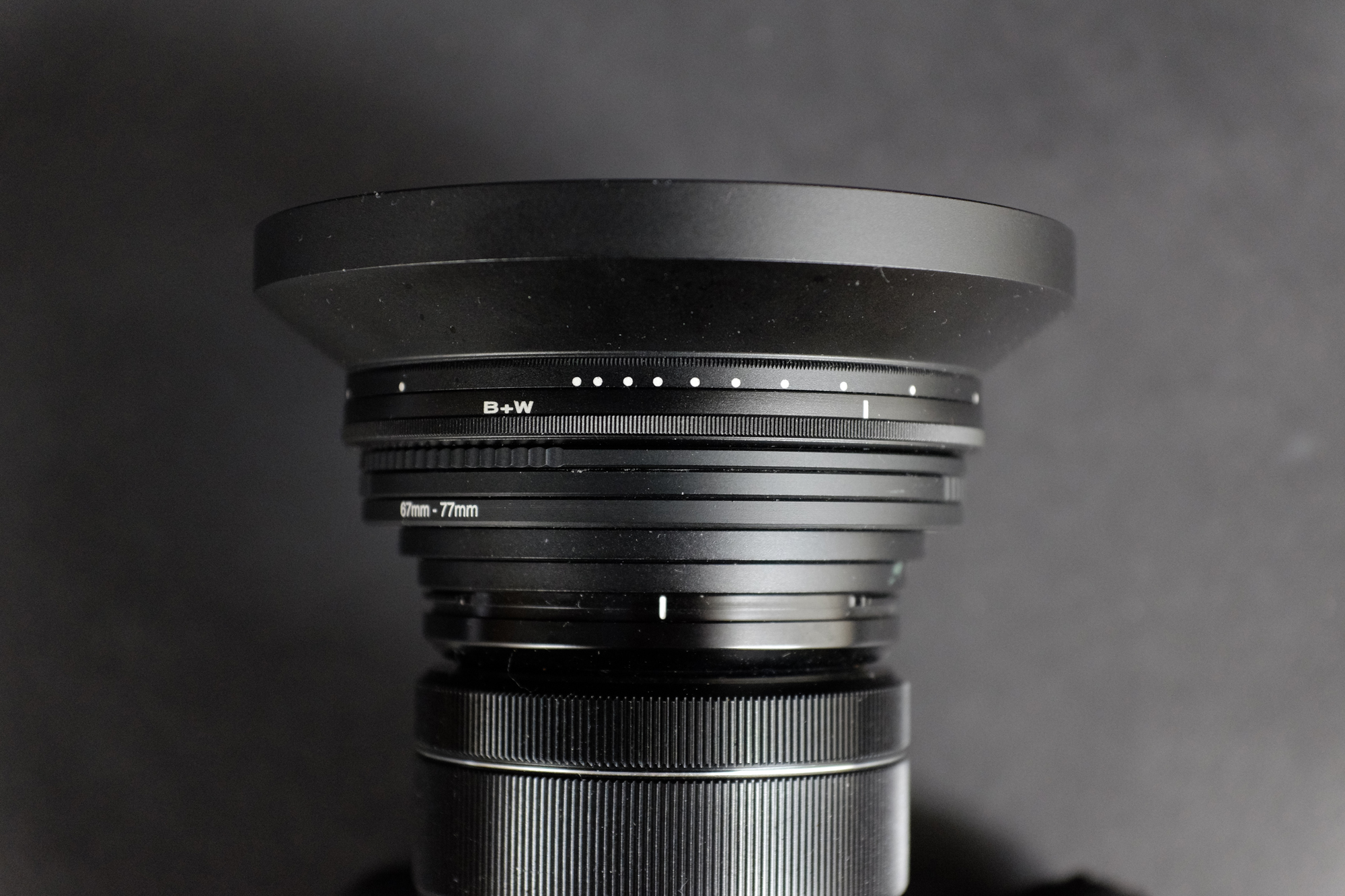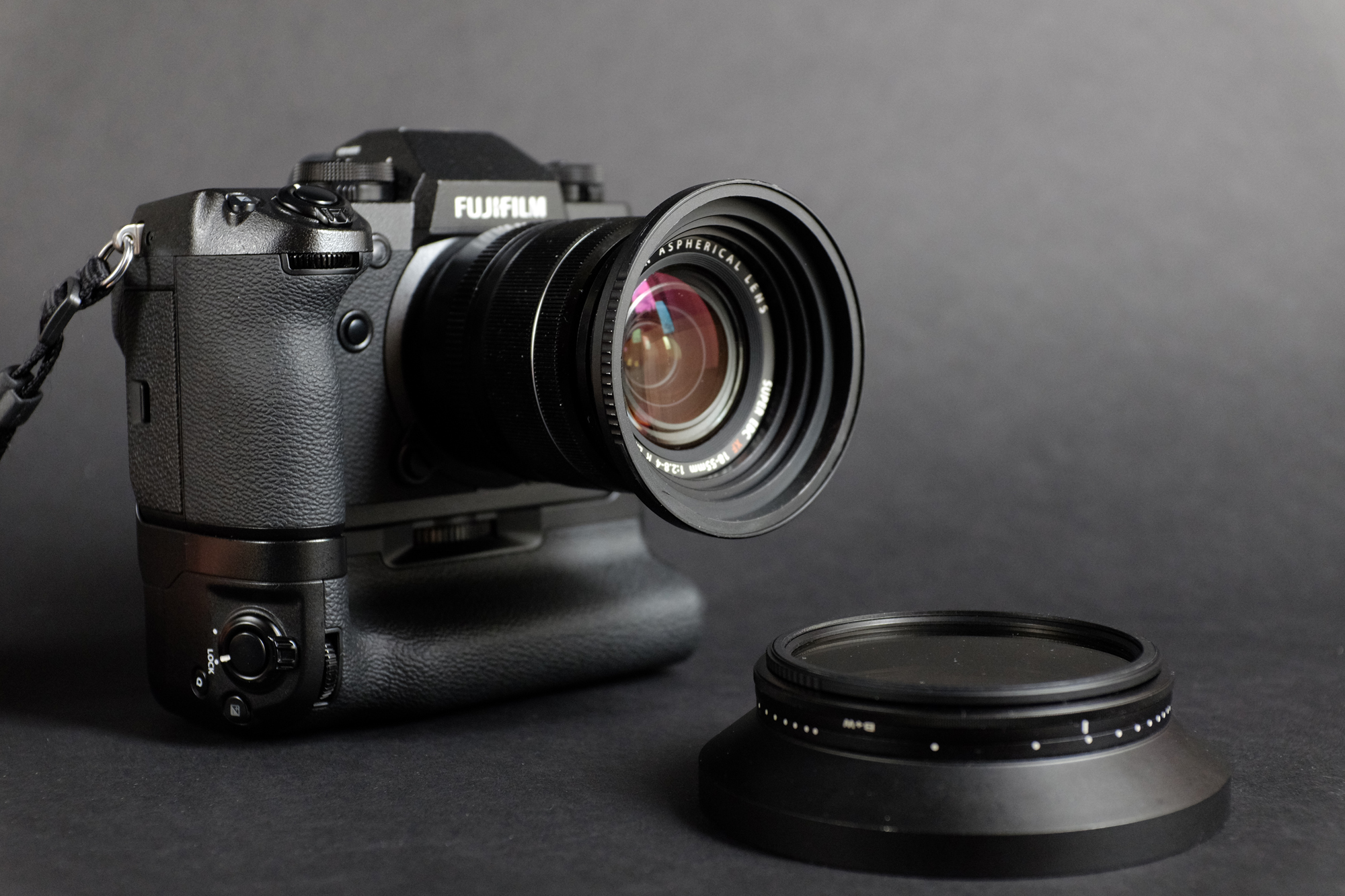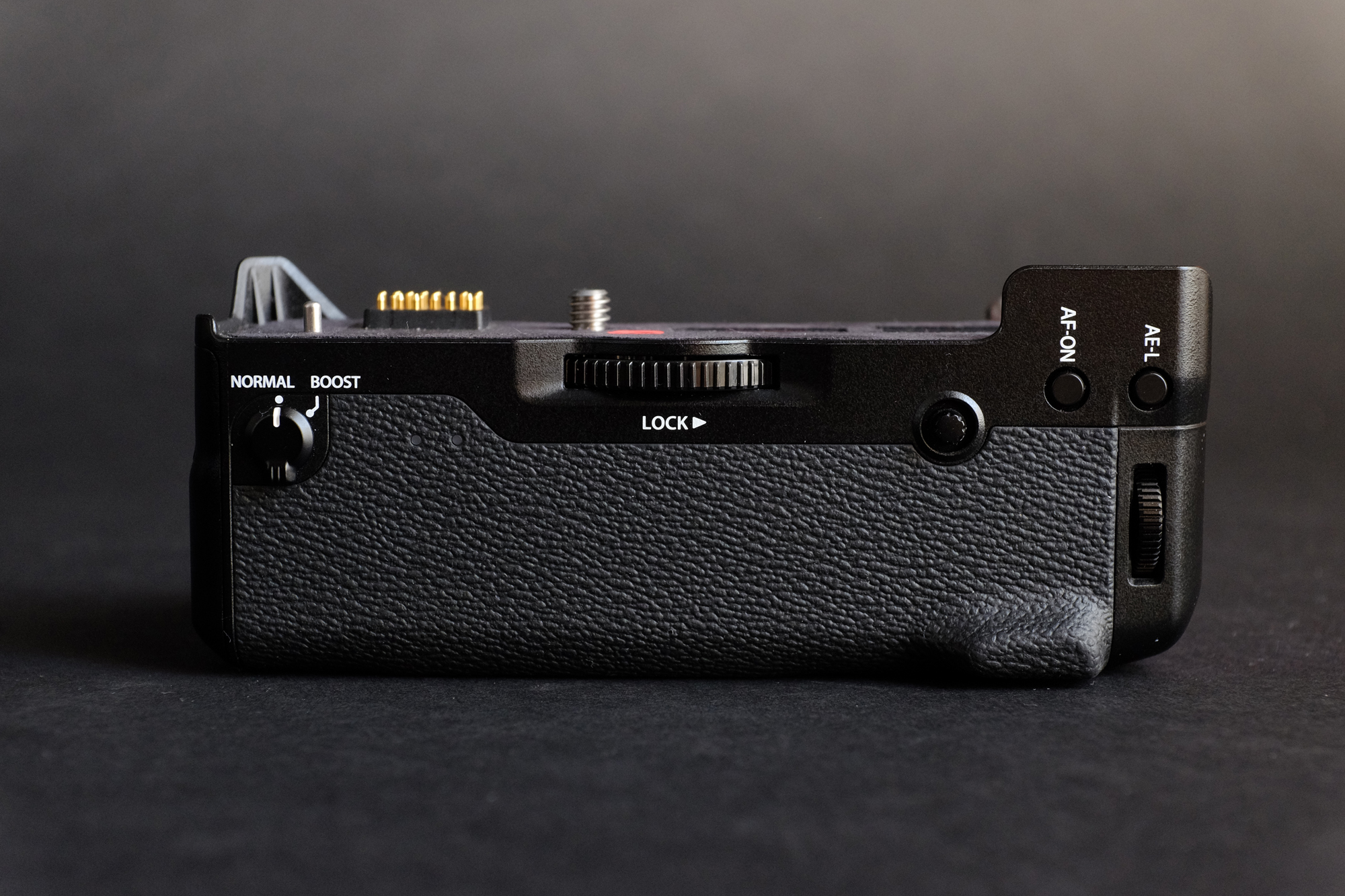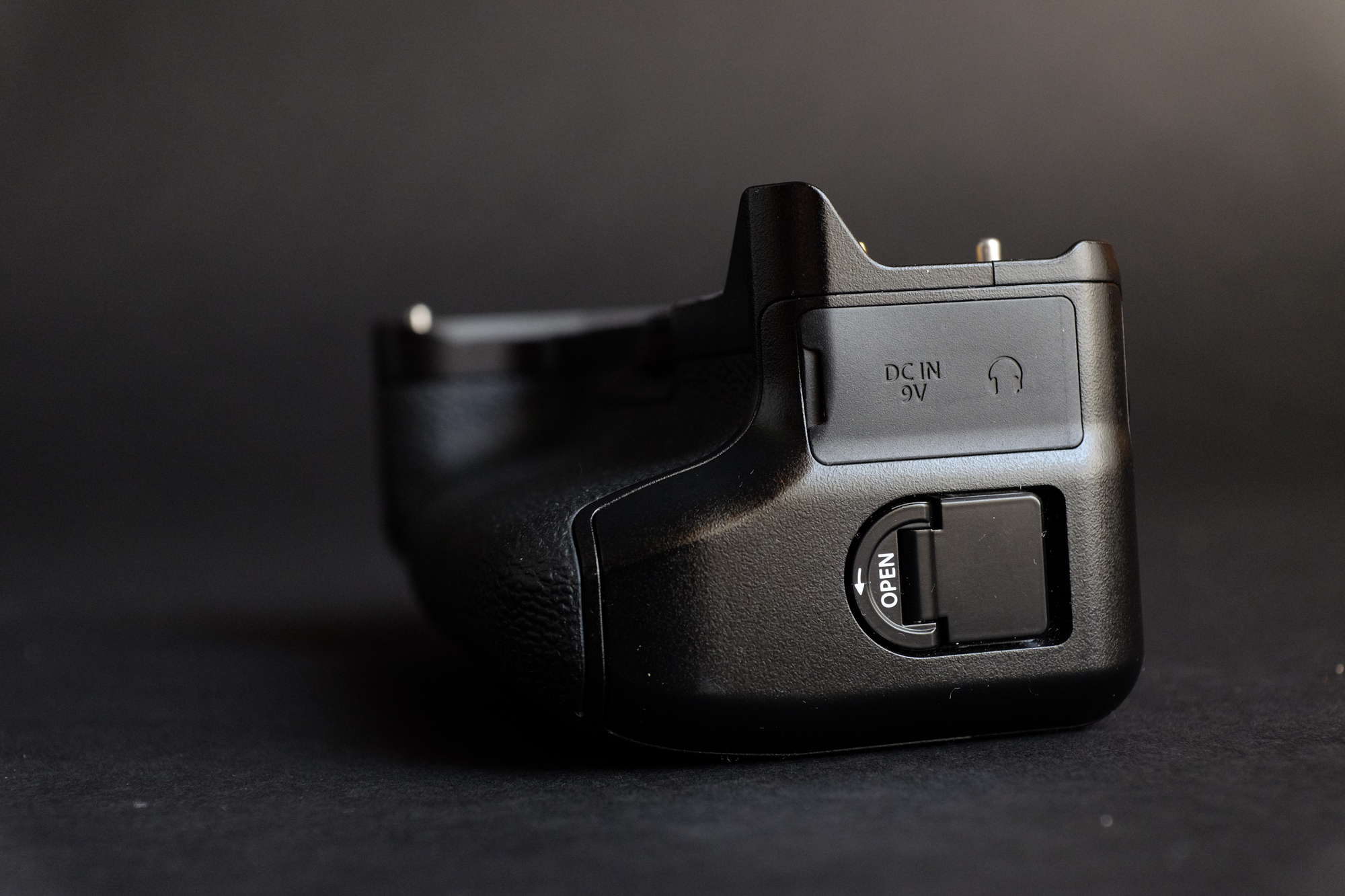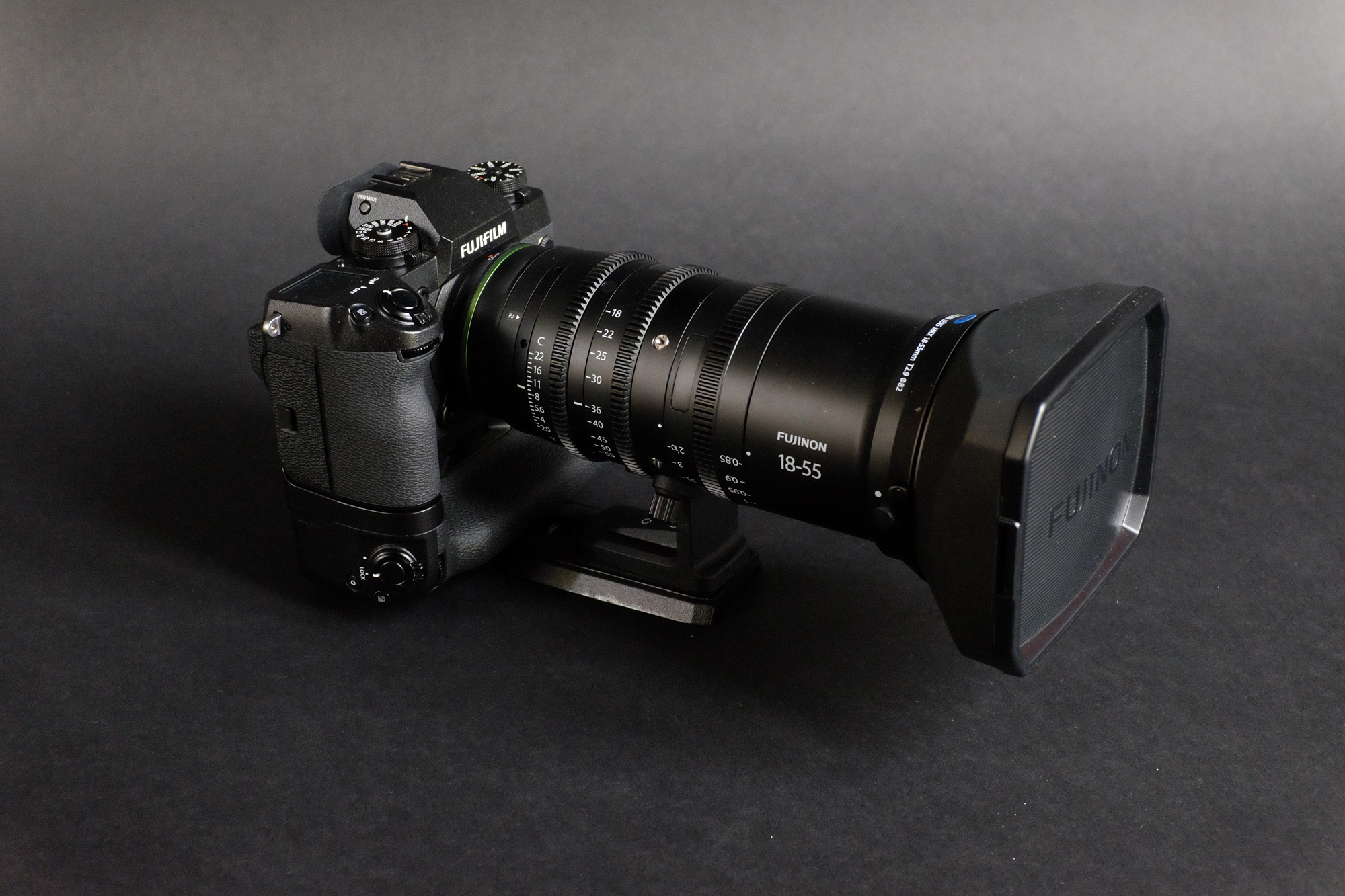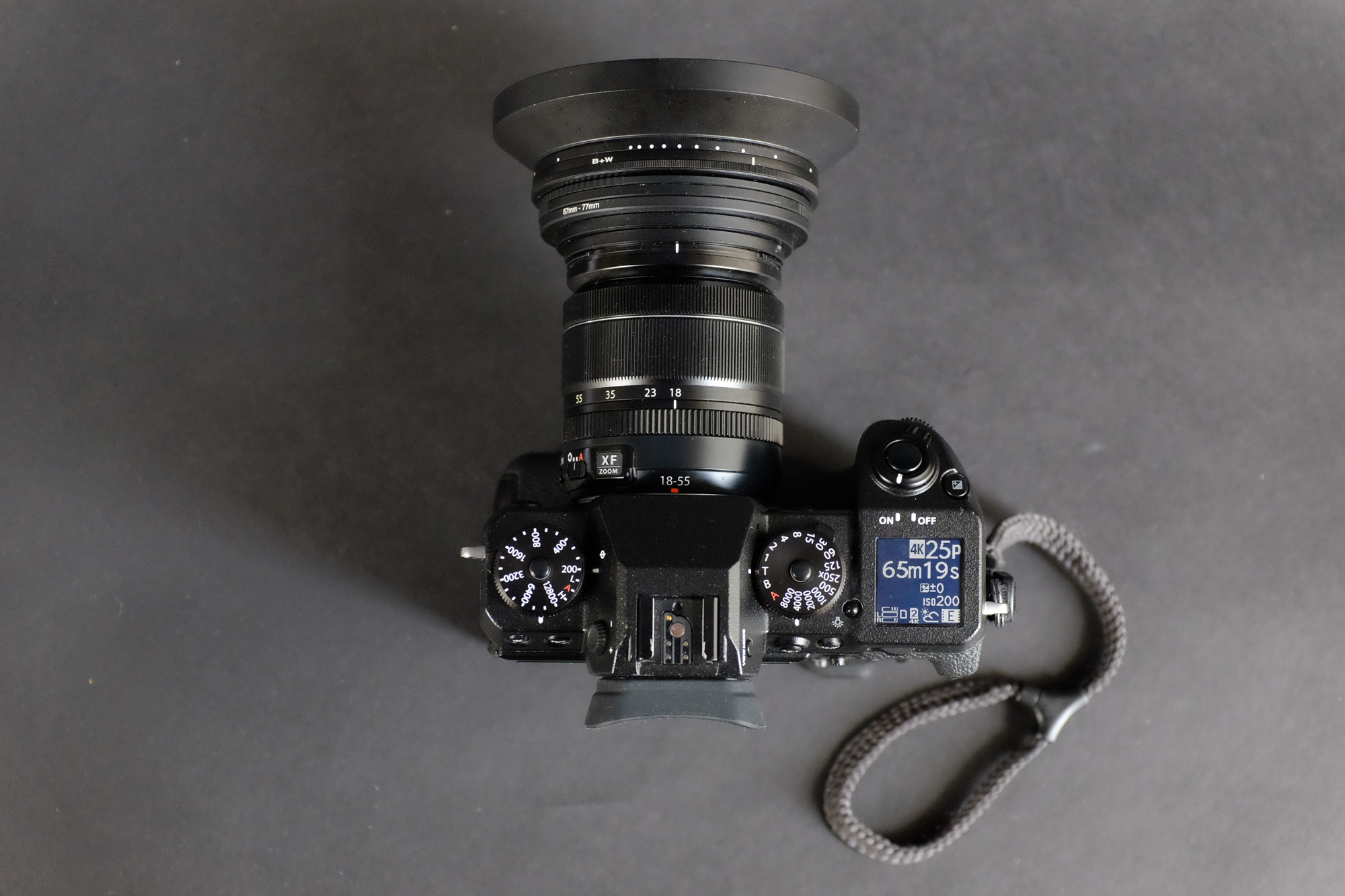Years ago I fell in love with the Fujifilm X cameras and from the very first day I had been enjoying my x100T and my X-T1. I really liked the retro-style controls (they are so useful) and the possibility to choose between many “digital films” was a big gain for me. With those wonderful out-of-camera-jpegs I earned more time for my shootings and the post processing workflow got significantly faster.
As a videographer, however, I need a video camera with certain features and often I happened to travel with two cameras and twice the lenses (one kit for photography and the other for videos), and for my job as videographer I went with the Panasonic GH series, because of the need to deliver some 4k footage to my clients.
But my secret dream was a compromise between what I love about Fuji and my needs as videographer.
In February Fujifilm announced the new video-oriented mirrorless photo camera, the X-H1 with the Fujinon MK18-55mm T2.9 & MK50-135mm T2.9 cinema lenses for the X-Mount. The camera was very promising, but before leaving the current shooting equipment I had to know if the new X-H1 could integrate into my current workflow.
My curiosity was so great.
Fujifilm Switzerland was so kind to send me, for a trial period of a week, the X-H1 with the Power Booster Grip and three lenses ( XF 18-55, XF 16-55 and MkX 18-55).
Field Test
During my week of use I was able to test the performance of the new X-H1 in different situations. Even with very different scenarios, the X-H1 has satisfied me fully.
The new Fujifilm camera takes some design cues from the GFX 50S and the X-T2. The five-axis in-body stabilisation also adds some weight and the camera got a much larger grip, I feel the new design to be more comfortable than that of the X-T2 because you can haul the X-H1 around by the grip without fear of dropping it. Even with the battery grip attached it doesn’t feel very heavy and balances well with the bigger lenses like the XF16-55.
Despite weight and dimensions, certainly not contained compared to the previous X-T2, during a whole day of use I never felt the need to rest my arm and I never noticed particular difficulties in reaching the commands of more frequent use.
The X-H1’s top panel shares the dedicated and lockable dials of the X-T2 but loses the exposure compensation dial in favor of the LCD screen. The screen is useful and customizable, I also love the way the display remains active when the camera’s switched off, indicating the shots and battery life remaining at glance.
The particular that impressed me most is certainly the effectiveness of the 5-axis stabilization, both in the photographic and video fields. While shooting indoors and often with the lighting not being exceptional, I never needed to dial up the ISO to compensate for poor lighting.
Even if you need to shoot at higher ISO, you will have a very pleasant noise like a fine grain and photos are perfectly usable even at 12,800 ISO.
In backlight scenes the X-H1 performs well, the dynamic range of the camera allows us to recover a good part of the details in the areas of shade and in areas of light.
Video
The X-H1 can record video up to a maximum resolution of 4k DCI, or 4096 x 2160 pixels, and then go down to UltraHD, FullHD and 720p. The bitrate then touches a maximum of 200 Mbps and it is possible to shoot up to 120 fps, useful to achieve slow motion effects in mid, 1/4 or 1/5 of speed.
The new X-trans flagship camera allows F-log recording directly to the SD card and has a 400% dynamic range setting (approximately 12 stops). Usually I don’t shoot in flat picture profiles and I prefer to speed up my workflow with a good OOC result. I really liked the “ETERNA” film simulation, which produces subdued color, and rich shadows with minimal need for grading.
One point in favor of the X-H1, talking about video, is certainly the efficiency of the stabilization system that allows you to make free hand shooting really firm.
As a photo/videographer I usually need to switch from the photo mode to the video mode, on the camera you have just to turn the drive dial to video and the shutter speed dial to T (with 25 fps framerate I set the shutter speed to 1/50 sec).
While shooting video I need some ND filters and for this test I used a B+W variable ND paired with the Manfrotto XUME magnetic filter holder, a highly recommended combo if you need to switch rapidly from the video to the photo mode.
In video mode I use only manual focus, but the AF in video mode it’s really impressive and it works well, even with the face detection.
For my run and gun setup I used the Rode Videomic but the internal stereo microphone (24 bit/48 kHz) performs very well and it’s really easy to set the audio levels on the camera.
But if you need to monitor the audio you should buy the Power Booster Grip, that allows to extend the video recording time to 15 min to 30 per clip. The grip also has a 3.5mm headphone jack, which is missing from the body and is a must-have for the professional videographer.
FUJINON MkX 18-55 T2.9
The Fujinon MK18-55mm T2.9 is a standard zoom lens designed with the cinematographer in mind. It covers the Super 35mm format, has three geared rings for manual adjstment of iris, zoom, and focus.
This lens is parfocal, low cost, sharp, smooth, light, fast, and 18-55 is perfect for a lot of my shooting. Macro focus function is also available. The iris is seamless and the lens doesn’t focus breathe when going through the zoom range. The 85mm front enables use with many cine-style matte boxes and the lens has the industry standard 0.8 film pitch gears for focus, zoom, and iris control
Just used on a half day job. The results are stunning.
With the Fujifilm X-H1 you will have a perfect cinema combo.
FUJINON XF 16-55
This lens is wonderfully sharp at f2.8 over the majority of the frame and perfectly acceptable in the corners, matching most Fuji primes. Contrast and color are great at all apertures, and the fit and finish are wonderful.
It is a big lens compared to most primes and the 18-55, but I find it balances well on the X-H1, and even better with the battery grip. This lens has no OIS, but with the X-H1 IBIS I have no need to carry a tripod.
Highly recommended. The lens to have with the X-H1.
FUJINON XF 18-55
The 16-55 is a “better” lens but the 18-55 is very good, unless a person had to have the constant 2.8 aperture. Images are sharp you will have good contrast with great color. Feels solid and seems very well made.
The XF 18-55 + X-H1 is for me the perfect run and gun setup.
Conclusion
The X-H1 is a versatile camera and performs really well. Fujifilm moved into the right direction with this camera when it comes to cinematography, but it is not a camera for everyone. Those interested only in video will also evaluate competing brands, but for those like me who need the best of both worlds, photos and videos, the X-H1 is currently the best solution available. For me this camera is quite perfect but an integrated audio monitor jack and the possibility to record a 10 bit F-Log is a must for the future X-H2.


